Fair Magic 101: Reaching for the Zenith
Over the past month, I had the pleasure of discussing the entry into Paper Legacy with a new player at our local scene. Many interesting topics were brought up and I thought it would be best to put them into writing to aide other players with related questions. The new player seemed to gravitate towards fair green decks, but throughout our talks one question loomed on their mind.
Are fair decks still good enough?
This is an understandable concern, as it is a big commitment to invest into Legacy. For this first article, I am going to address that elephant in the room.
I will admit, I had to think carefully about how I answered this question. Because the play style that fair green decks offer is something that I genuinely love, I did not want any of my bias to lead to bad advice.
However, after contemplation I realized I was having a challenging time answering not because of my potential bias, but rather the question did not have the context behind it to form a conclusive answer. I realized we cannot approach the topic of whether these decks are good enough until we first determine what one’s goals are for paper Legacy. This approach allows me to provide a unique answer for individuals who may have different motivations for why they are entering Legacy.
I want to be up to speed on the meta and compete at large Legacy events ASAP
I will make this concise. In this scenario it is hard for me to suggest a Zenith deck in the current meta. As it has often been, the strongest strategies are built upon the foundation of Daze and Wasteland, and more recently Ancient Tomb.
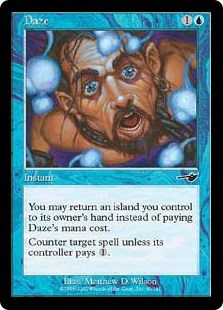
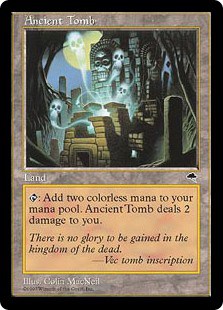
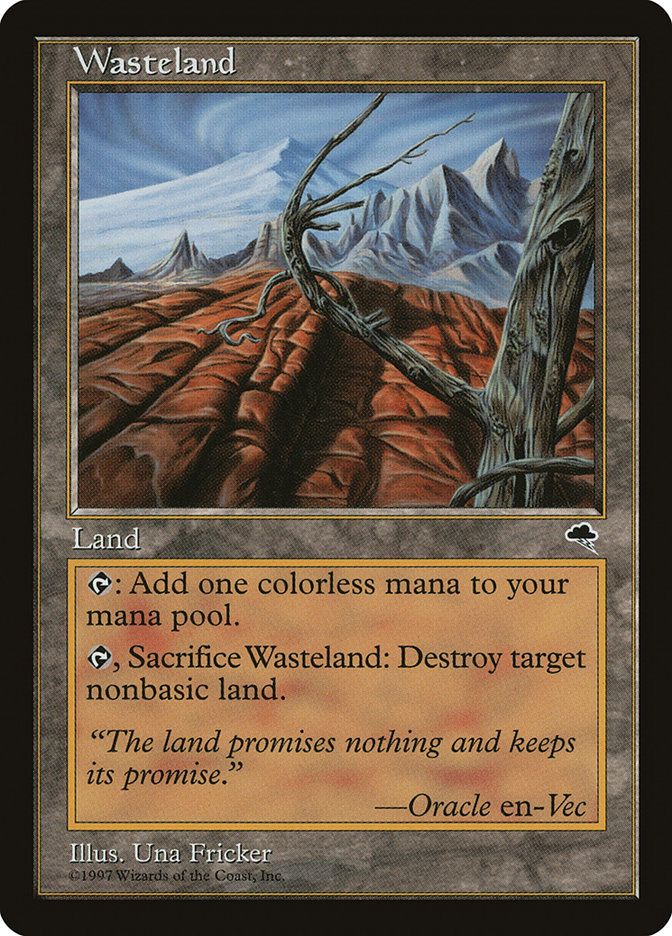
Green decks, especially ones that lean more into the fair spectrum, take dedication, practice, and tons of losing to master. That is not to say Scam or Delver strategies do not require skill, they do. I am a terrible Tempo player. But it is no secret that Tempo decks’ core toolset of Daze and Wasteland has aged better with F.I.R.E design than other strategies in Legacy barring Ancient Tomb. If someone wants to quickly get ramped up for high level Legacy Magic, these are the style of decks I would suggest.
I love blue cards, I am excited to play Force of Will and Brainstorm. Is there a fair green deck that utilizes these?
While there are fringe Bant strategies for Loam Depths and Maverick, these are far from the lion’s share. Typically, these lists will run Brainstorm for better card selection early on, and sometimes Uro as a top-end resilient threat. Flusterstorm is also a great sideboard option for decks with a blue splash to fight unfair decks.
However, with that said, this was the one area that I really had check my bias of preferred playstyle. If blue cards are your jam, it is best to start in other areas of Legacy. The big reason is for financial reasons; in addition to playing Brainstorm and Force of Will, your investment in the blue duals offers the widest selection of established decks.
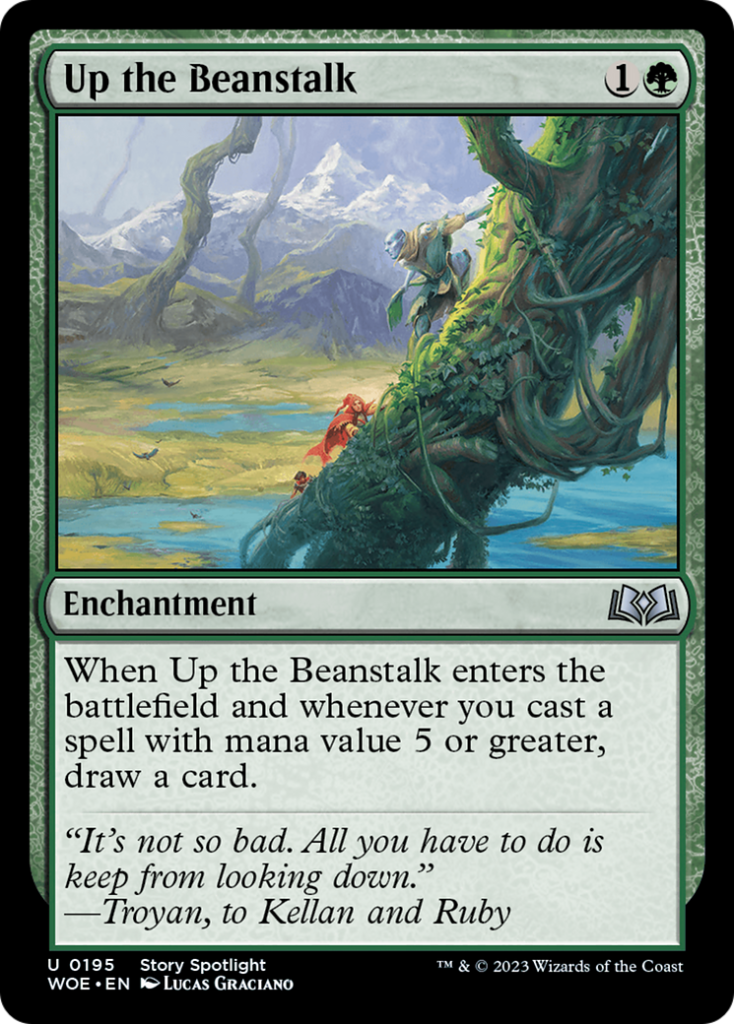
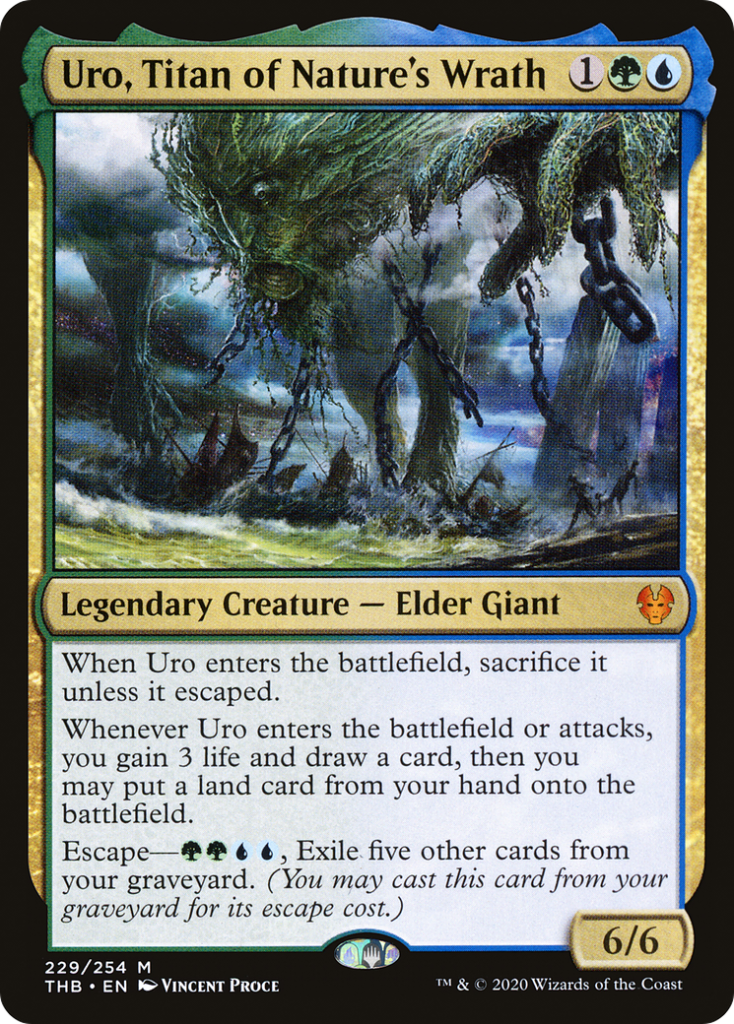
An Up the Beanstalk (Beans) or Zenith-style control deck is best suited for someone who wants to jam blue cards while running good green spells as well. In 2024, Bean Decks are positioned better in the meta, but Zenith Control will still be able to put up a strong fight. This is particularly true in Paper Magic where it is not as easy to switch decks without significant additional investment. Contrast that with the MTGO meta, which shifts rapidly as card rental services alleviate most of the financial burden.
I want to be competitive at my local Legacy League/FNM/Meetup, join a great community and really learn the ins and outs of the deck I am most interested in playing.
Now we are cooking! This is the realm in which I live for Legacy. A dirty little secret is that Paper Legacy is mostly a casual format at the end of the day. WOTC no longer spends much time or resources on promoting or tuning the format. Legacy is held together by the amazing community and creators that keep the fire of playing with Magic’s oldest and newest designs burning bright.
With this context, the question of “is XYZ deck good enough” is not as relevant to Legacy as it is to other formats. Legacy is fueled by passion, and passion is exactly the emotion a Paper Legacy player should channel when selecting a deck. If you want to be a fair mage, all the strategies and utility of Green Sun’s Zenith and Crop Rotation decks are 100% viable and thriving in Paper Legacy scenes.
To paraphrase Maverick legend, StrassDaddy; “Green Sun’s Zenith is Demonic Tutor for one less mana if you play the (green) creature that turn.”
This is an incredibly powerful tool that only continues to get better with WOTC power creeping creature designs in the F.I.R.E era. Enter the Battlefield triggers are everywhere, and that is good for Green Sun’s Zenith players. Crop Rotation offers similar utility for Land strategies as well. The surveil lands offer a new way for green gamers to access card selection.
It is worth noting that fair decks might not be so hopeless against combo as you would expect. Led by Green Force of Will (Endurance), Veil of Summer, Deafening Silence, and the newly printed Doorkeeper Thrull, the fair mages have a potent arsenal at their disposal going into the spring of 2024.
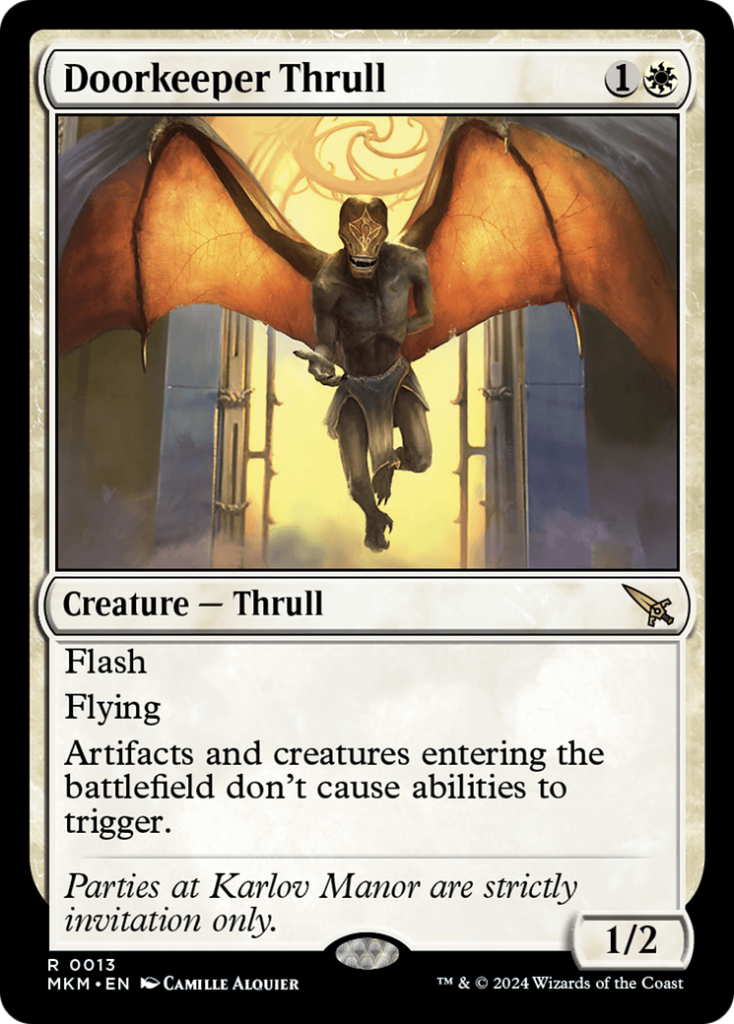
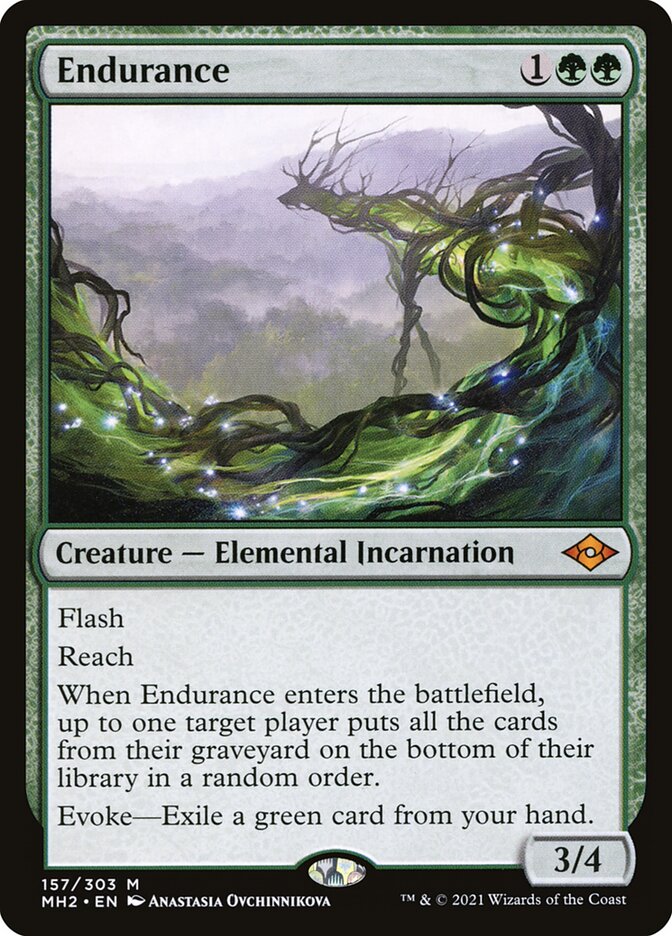
Now we just need to figure out where you can start. Obviously, if cost is not an issue, or you already have a robust collection, looking at established decks in tournament reports and tuning your sideboard is a suitable place to start. But understanding Legacy has a significant financial barrier, I wanted to highlight three budget entry points.
In a follow up article, I will illustrate the paths a Legacy player can take to start from a budget deck and build towards an end goal. While others have covered this issue in the past, 2024 has introduced new mechanics and a refresher on the topic may be in order. Prices below are based off Moxfield’s “use cheapest printing” option.
Turbo Depths
Turbo depths will really appeal to a player who does not mind a more linear gameplay and wants a strong “I win” button with a small utility belt of lands to Crop Rotation for in a pinch. Turbo Depths is a tried-and-true strategy that does not break the bank.
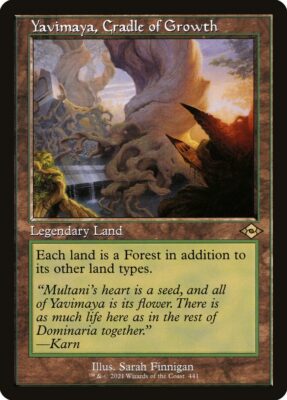
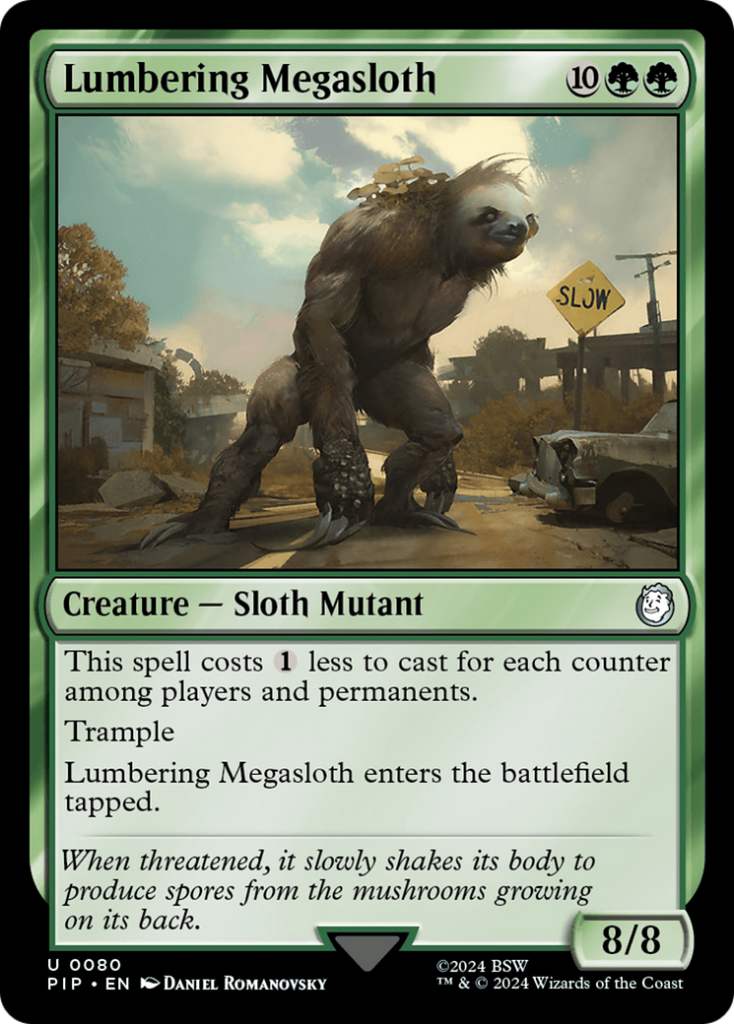
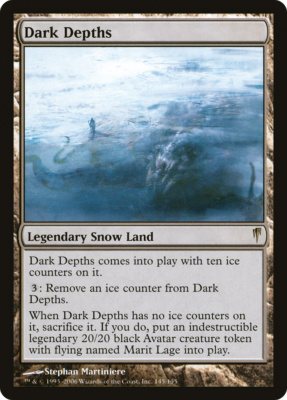
This deck recently got added juice in the printing of Lumbering Megasloth from the Fallout Commander Set. One Caveat, you will find threads and articles saying Depths is a “trap deck” due to the one-dimensional playstyle. I acknowledge the arguments made in these posts, but it only matters if you do not have fun playing the deck.
Also, if the goal is to just start playing in leagues now, then you do not always have the luxury of having every deck at your disposal. If you are keen to play Slow Depths or Lands down the road, then Turbo Depths is an amazing entry point. It is also one that will get you competing for top cuts and store credit at your local stores right away.
You've heard of Turbo Depths…
… you've heard of Slow Depths
Now..
Sloth Depths 🦥
A very straight forward first draft to get reps in.
Blooming Marsh manabase makes it budget friendly & Submerge proof without much loss 🤙#MTG #MTGLegacy pic.twitter.com/K3PNrYMxNN
— DougesOnTwitch🎥 (@DougesOnTwitch) March 18, 2024
Cradle-less Maverick
Maverick is going to appeal to a player who wants to be advancing the board, but always has an option to select the perfect tool to react to the opponent’s gameplan. Someone who is willing to invest time and critique their play is really going to excel with this style of deck. Difficult to master, difficult to play, Douges said it best; “Maverick is playing Doom on Nightmare.”
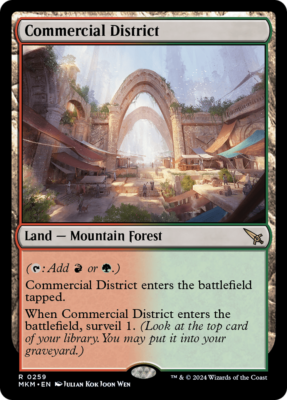
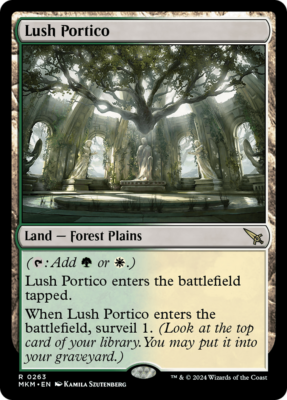
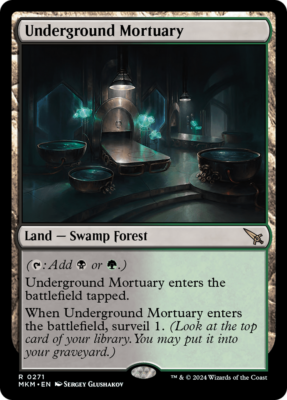
The printing of Surveil Lands helped reduce the cost of Maverick, an archetype that already includes the more wallet-friendly dual lands. Most Maverick lists do run a one of Gaea’s Cradle as a tutor target for acceleration. Perfect optimization is not as important for local leagues where you do not have to stress having every percentage point available to you. Thus, dropping the Cradle is a fine compromise to start playing the deck sooner.
Maverick has two main forks right now: a Naya and an Abzan version. (Do note that a Jund version is emerging with the addition of the 40k cards to MTGO)
Check out the amazing Maverick content creators and see if there is a list that suits you. Once you have found your deck list, you can swap out dual lands for Shock and Surveil lands (and basics), and still have an exciting time playing while you save up for dual lands.
The deck list example I am going to use is the Naya Saga Maverick that StrassDaddy made famous. Urza’s Saga is an extraordinarily strong plan that lets the deck do a bit of “unfair” things that the Azban version does not offer. The cost to build is higher than the other two decks here. But keep in mind that Surveil/Shock lands can stand in as you save for Dual lands, or if you feel you are doing well, then maybe you never need Dual Lands unless you decide to participate in bigger events.
Moxfield Budget Saga Maverick
Break Out Piles: This is a brand-new archetype that is an interesting entrance point for someone that wants to be right at the ground floor of helping to innovate an emerging deck. There is a lot of overlap with Shadow and Maverick decks, in case the deck proves to not be something that lasts long term as well.
Murders at Karlov Manor has been a bellwether release for gamers on a budget as Surveil lands have decreased the number of Dual Lands across the board in legacy. The biggest benefit for green gamers has been Break Out, a card that is leading the way for an emerging archetype. Below is a deck list inspired by MTGO Content Creator “Crucible of Words” that has no Reserve List cards.
Their original seventy-five did include a Gaea’s Cradle, but I think this slot can be a Wasteland or a Surveil land and be completely viable for local leagues. Stay up to date with Crucible of Words on YouTube as they continue to innovate this deck!
I hope this article provides helpful commentary on the state of the Paper Legacy meta, how it differs from MTGO and how to break into this exciting format. I plan to follow up with a robust map of how you can start planning your Legacy purchases and what staples and reserve lists cards open which corresponding decks.
Additionally, I plan to continue authoring articles that focus on the casual competitive paper scene and growing community. Remember, strictly better does not always mean strictly more fun.
A huge thank you to Greg for coming on the ‘Zenith and contributing this article! If you want to reach out to Greg, you can find him via the following channels:
Want to support the ‘Zenith?

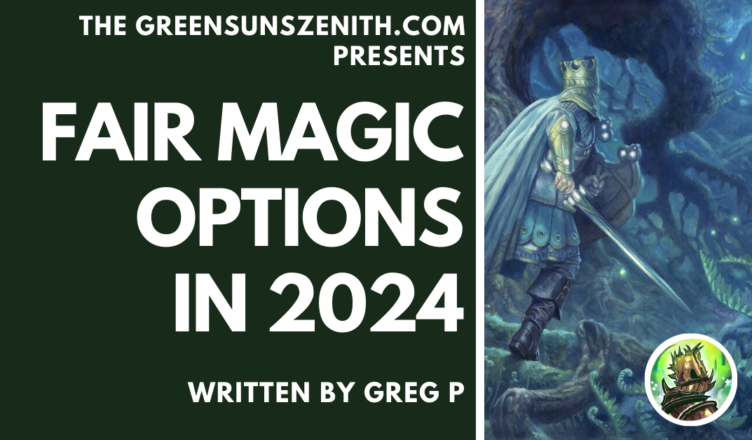







The deck inspired by crucible of word was my donation deck list to crucible for the specific purpose to make a budget friendly competitive legacy deck. Glad it made it into the article.
Hi! Awesome Website and content. As someone who is starting to play Paper Legacy, would it we possible to do an article for another Green Suns Zenith Family Deck, the “trony-like” 12-post ? Cheers!